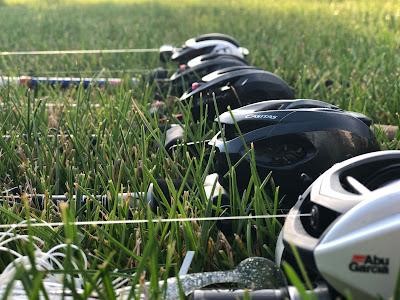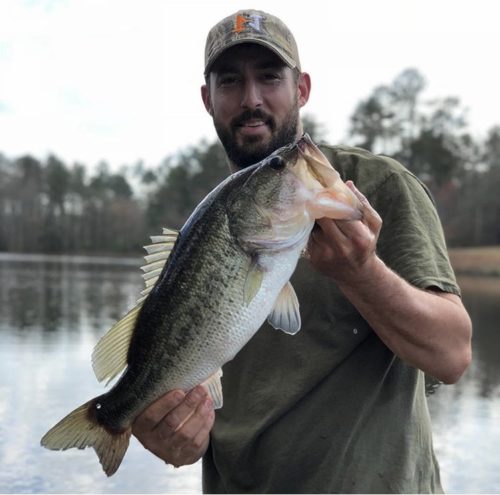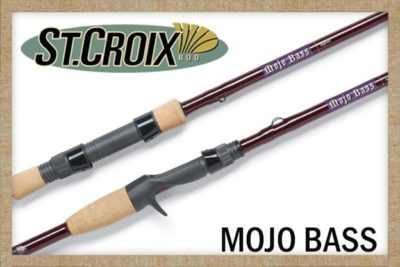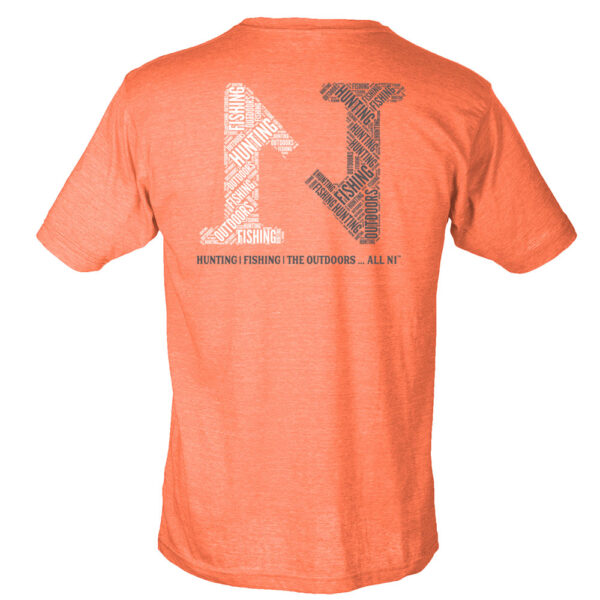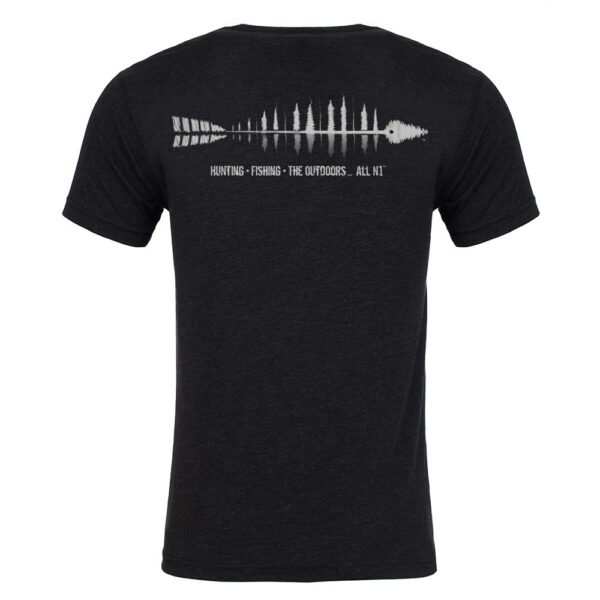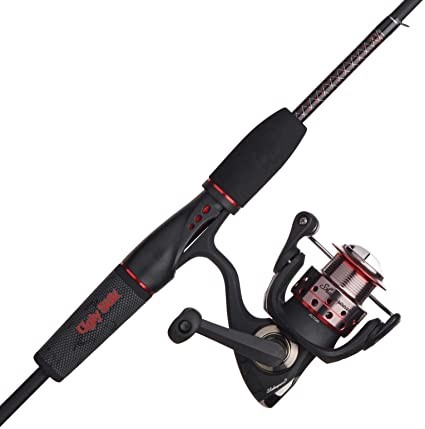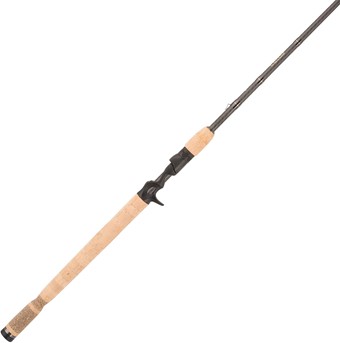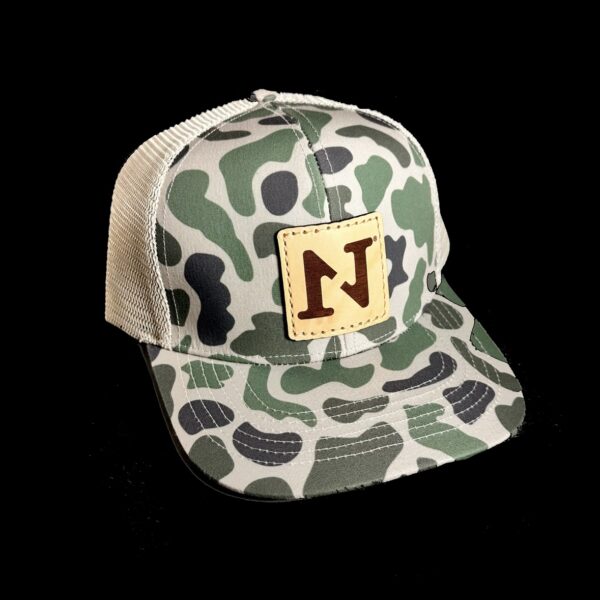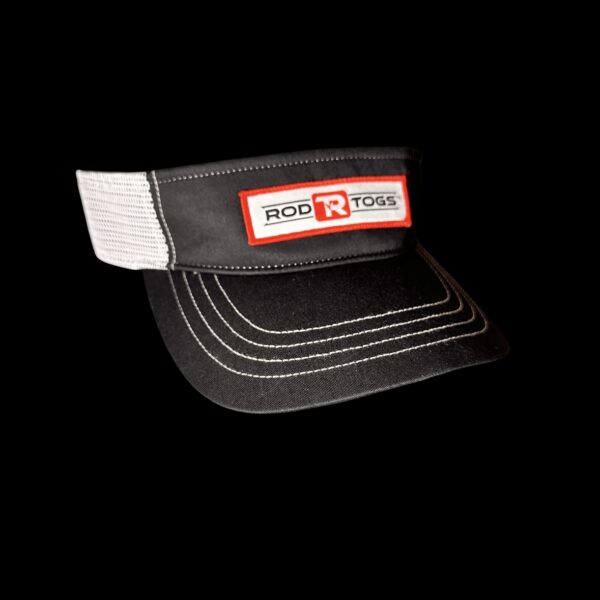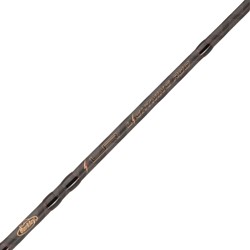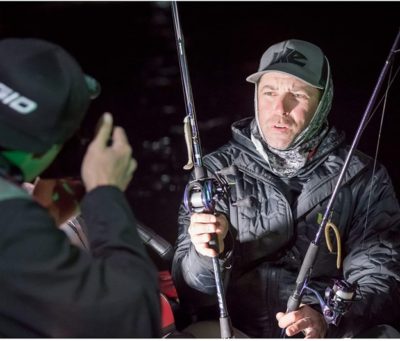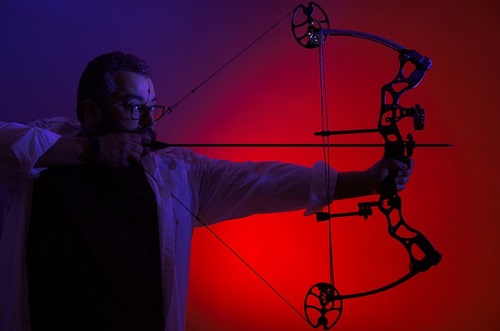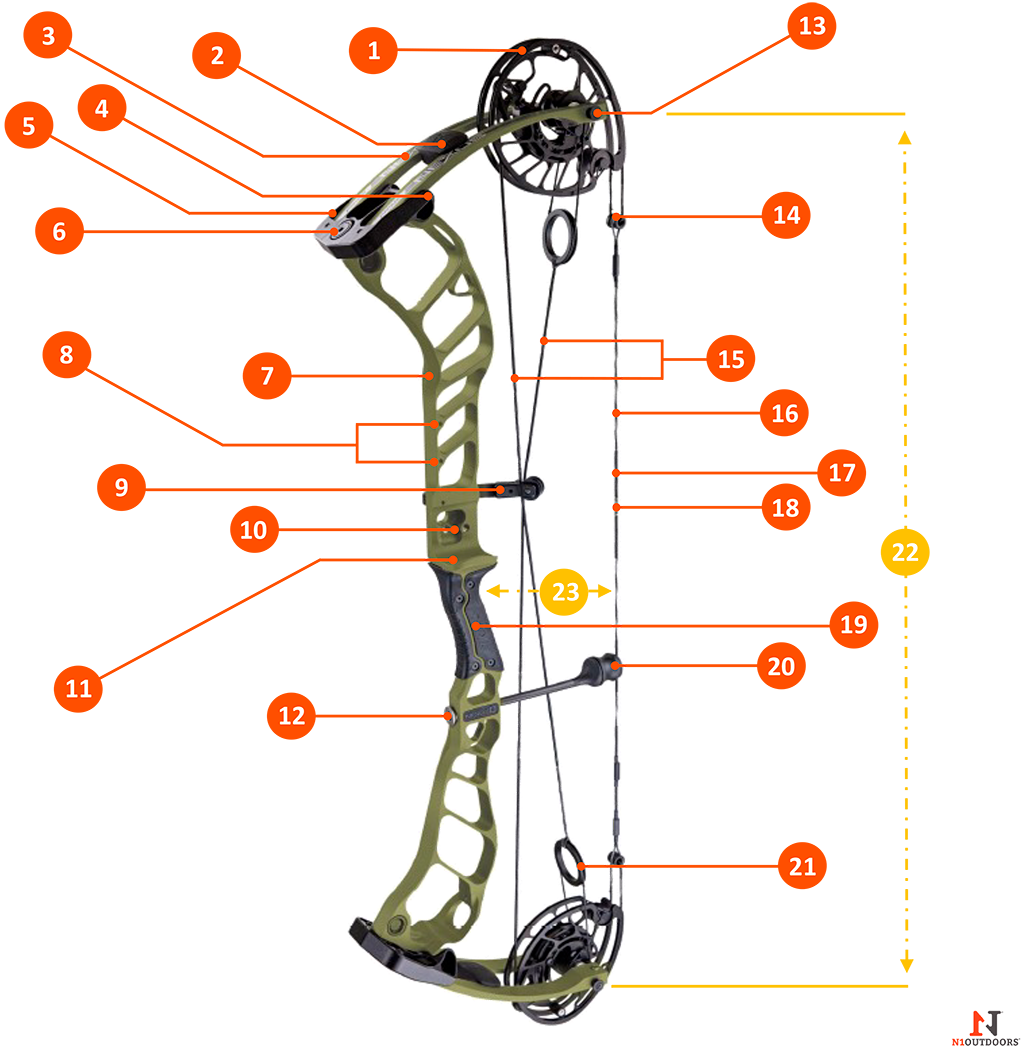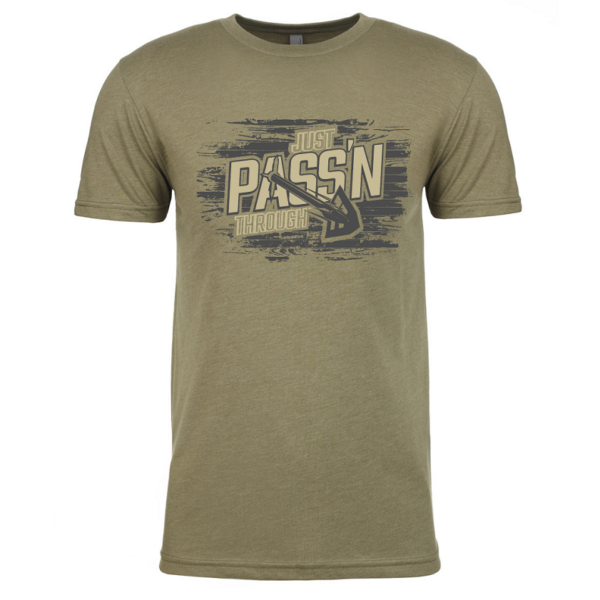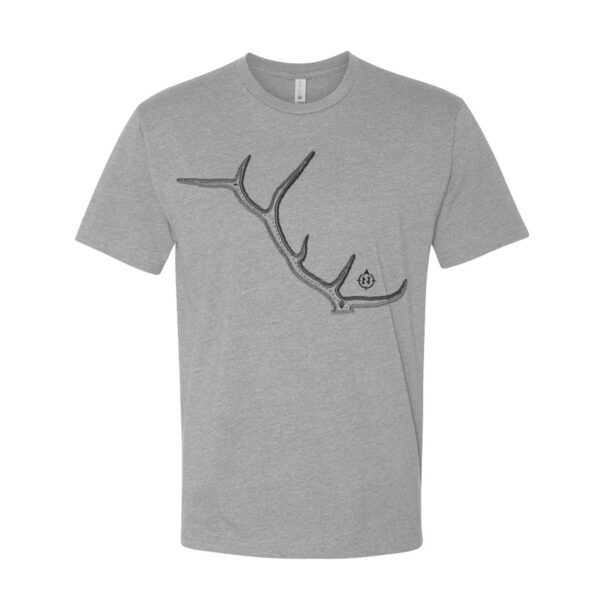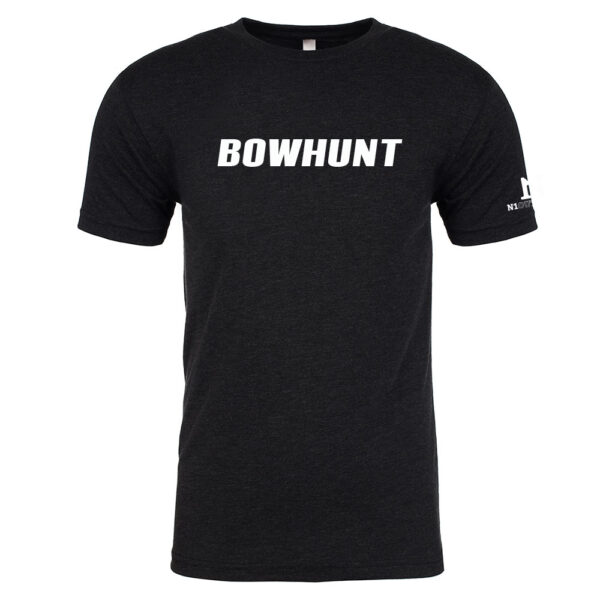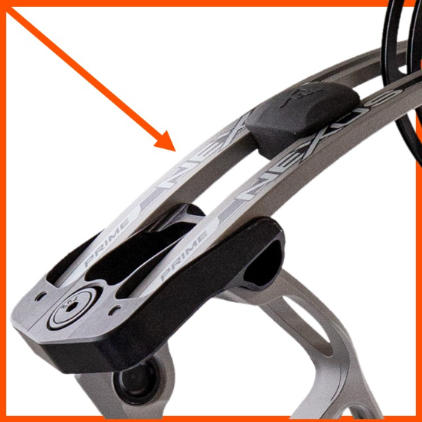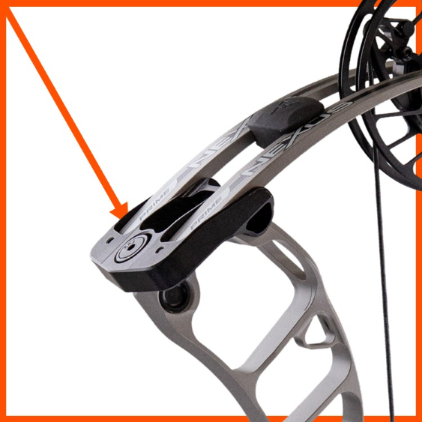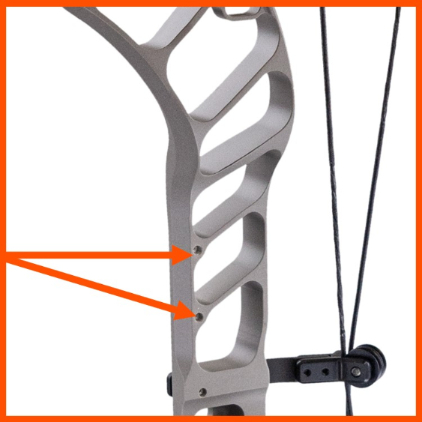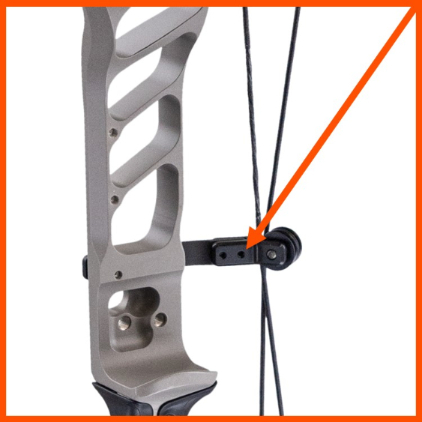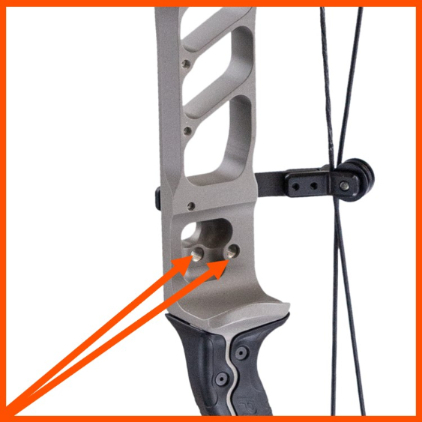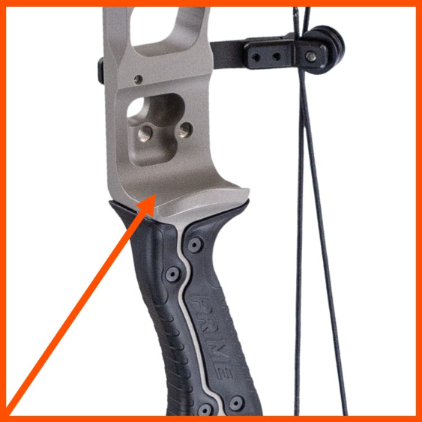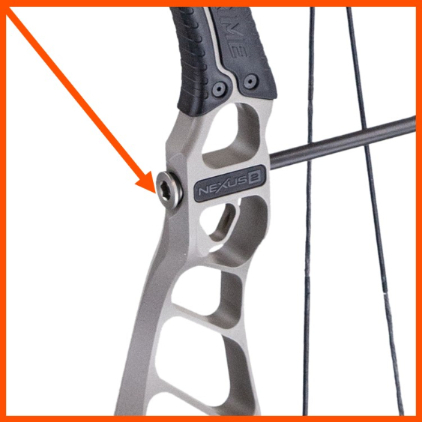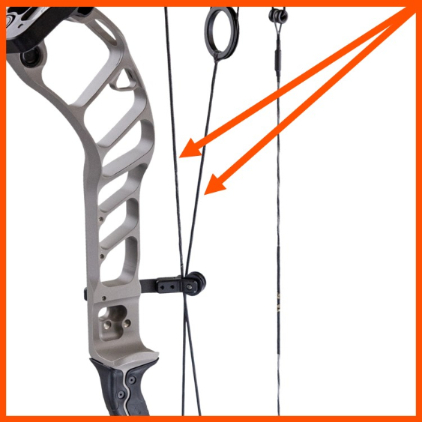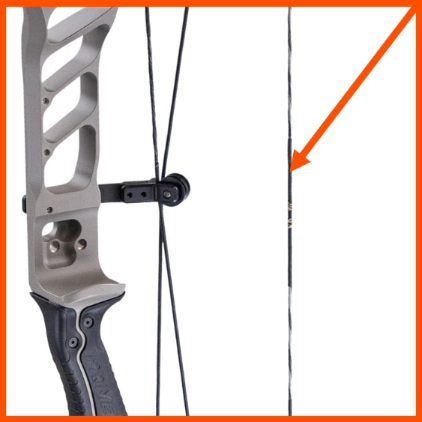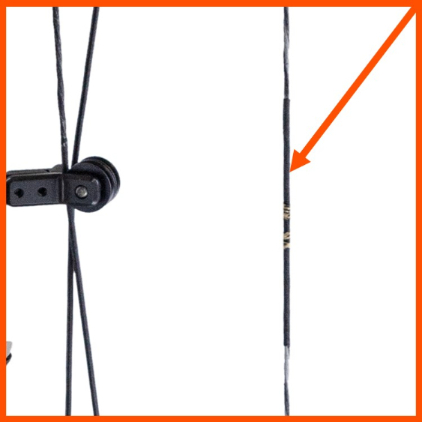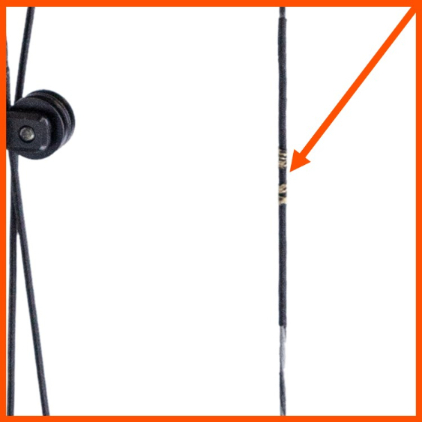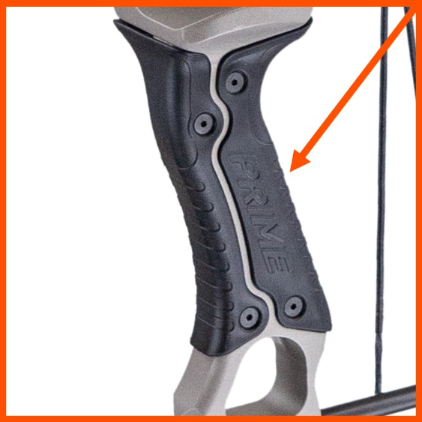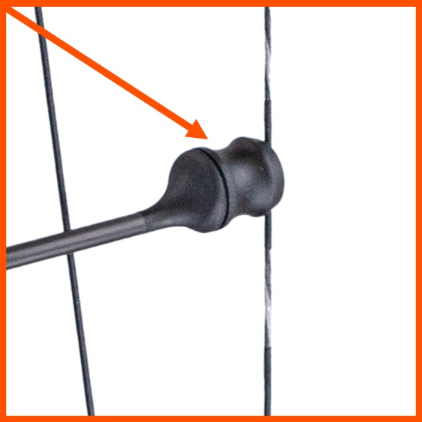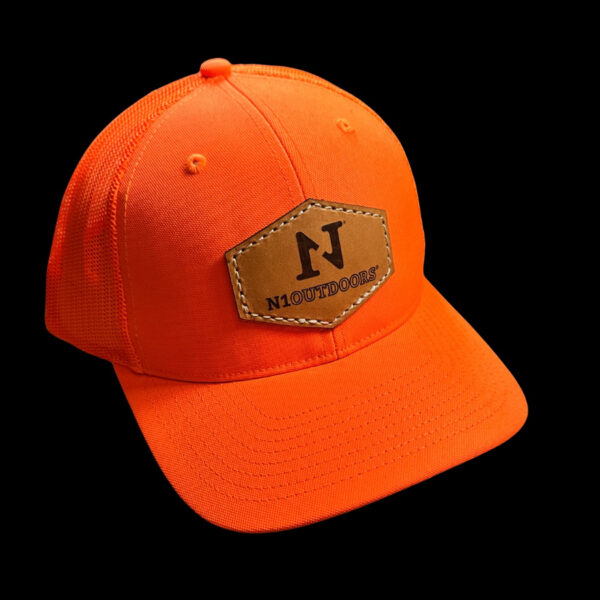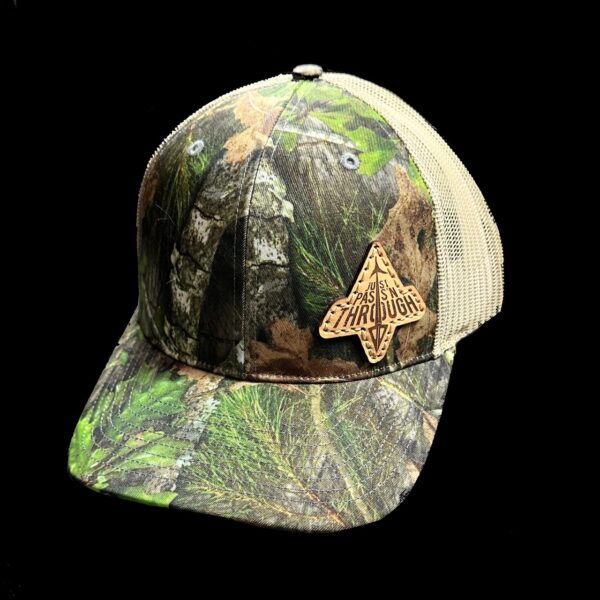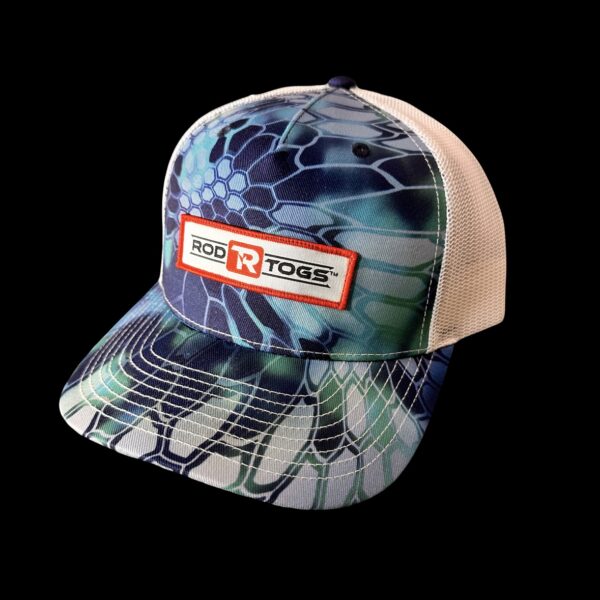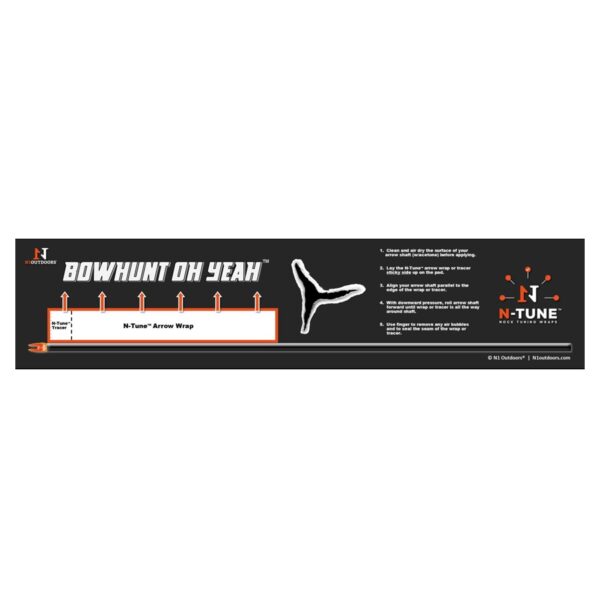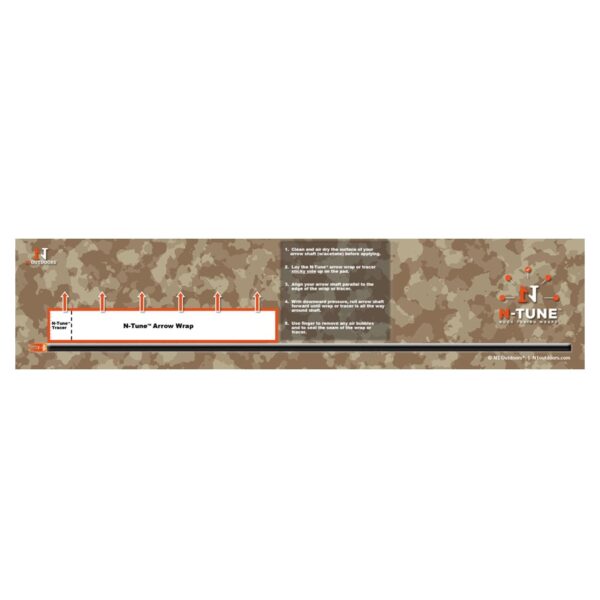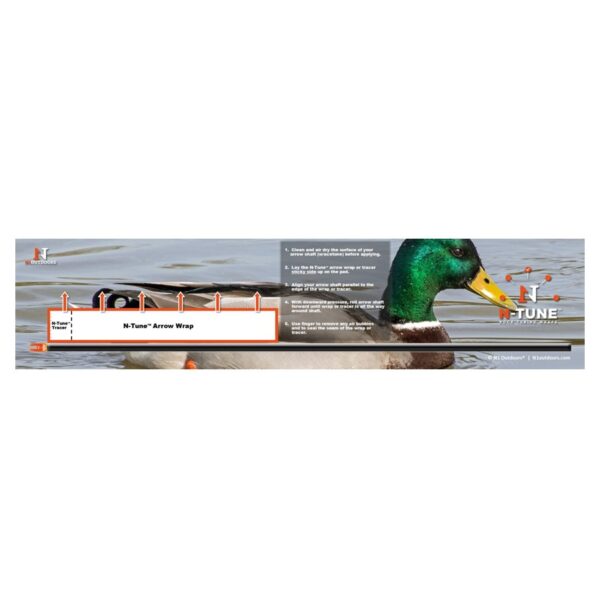Bass fishing has exploded in popularity, which has been a boon for the fishing gear industry.
The days of dropping a cane pole down and hoping for a bite are long over. Now, technology has never been better to help you get hooked up with a trophy bass.
So, let’s break down the best types of fishing reels when targeting bass. Each one of these reel types has its pros and cons, and we’ll cover those as well.
So without further adieu, here are the best fishing reels for bass! (You can click the links below to go straight to that type of reel:
#1 – Baitcasting reel
The best and most popular bass fishing reel in the game is the baitcaster. In the grand scheme of fishing, baitcasters are fairly new to the game. Although there are similar designs dating back to the late 1800s, the modern baitcaster that was developed from the likes of Shimano was in the 1970s.
Over time, these reels got lighter, better, and eventually became the best reel for bass fishing for a number of reasons.

The best reel type for bass fishing is the baitcaster, which have continued to improve in design and performance. (photo credit: Drew Pierce)
Baitcaster Pros
- Performance: The first reason baitcasters are the best reel for bass fishing is the performance. Especially with artificial lures that have some weight to them, no reel can provide the accuracy and torque that a baitcaster does. You can zip lures in smaller spaces a lot easier than with any other setup. This is because you have full control over the spool.
- Drag: Baitcasters are very good at being able to lock down the drag and get really high quality hook sets. Modern drag systems are designed to give you leverage over the fish. With bass fishing specifically, you want a tight drag so you can keep the fish tight through the hookset and fight. Other reels do not have the high drag capability that baitcasters do. Having this type of strength will increase the quality of your hookups.
- Feel in the hand: Over time, baitcasting reels have gotten smaller, lighter, and easier to fit in the hand. They are specifically designed to be ergonomic and not take a toll on your hands. This may not seem like a big deal, but it’s the little things that can make a difference in a long day of fishing.
-
Sale!

N1 Outdoors® Put A Hook N1™ Trout Short-Sleeve Tee
$5.00 Select options This product has multiple variants. The options may be chosen on the product page -

N1 Outdoors® Block Logo Tee
Price range: $22.99 through $24.99 Select options This product has multiple variants. The options may be chosen on the product page -
Sale!
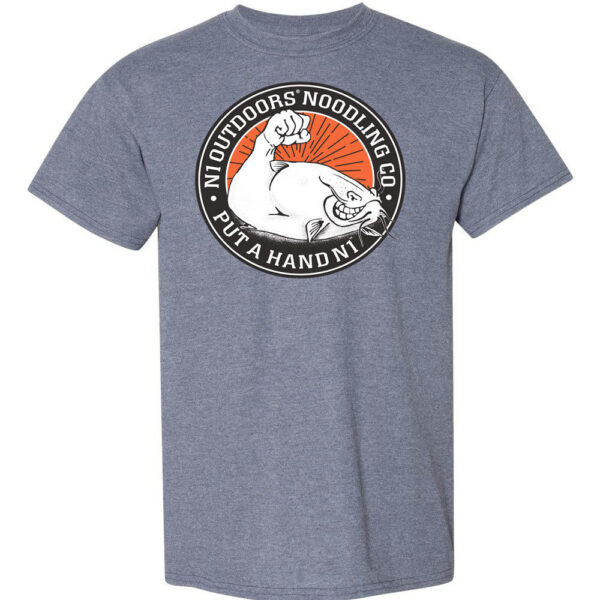
Put A Hand N1™ Catfish Noodling Tee (various colors)
Price range: $5.00 through $9.00 Select options This product has multiple variants. The options may be chosen on the product page
Baitcaster Cons
- Price: Generally, baitcasters are going to be more expensive than spinning reels or push button reels. If you look at the purchase as an investment and can afford it, no problem. But, for the beginning angler, these prices can sometimes be intimidating.
- Harder to learn: One of the most frustrating aspects of starting with a baitcaster is mastering the cast. Unlike with two of the other options, you cannot just pick up a baitcaster and shoot the lure out there. You will be in a world of trouble. Mastering the cast with a baitcaster is something that takes a long time and has a serious learning curve. If you have someone to help you through the process, you are in good shape. But, if you are going into it cold, this will be tough.
- Struggles with lighter presentations: Baitcasters are made to throw lures with weight. However, bass anglers love to implement weightless presentations into their strategy. Weightless rigs have amazing action, and baitcasting rigs struggle to provide that action as well as the other options. So, when it comes to casting lighter lures with baitcasters, they are not always the best option.
#2 – Spinning reel
Although baitcasters have stolen the show in the modern bass fishing scene, spinning reels have been at the top for a long time. This is because of the versatility and simplicity of use that cannot be found in other fishing reel types.
For a lot of beginners, the spinning reel is entrance to the sport of fishing. Here are the pros and cons of a spinning reel!
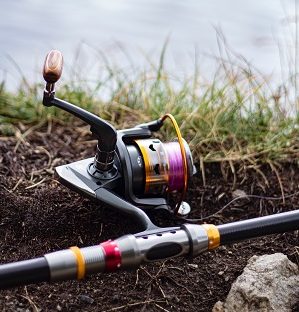
Spinning reels are easy to use, even for the beginner, and they are affordable as well.
The Pros of Spinning Reels
- Ease of use: First and foremost, spinning reels are super easy to use. When a first-timer wants to get into fishing, it is typically either with one of these or a push button reel. This is because there is little-to-no learning curve required. Once you know how to use a spinning reel, you are set for life, no matter the brand or model.
- Price: Spinning reels are also very affordable. Fishing can be a pricey hobby, so having a budget option that can still perform is key.
- Simplicity: This goes along with ease of use, but the simplicity of a spinning reel is a big attribute. When you buy a spinning reel, the technology is catered to common knowledge, for the most part. Without a ton of knobs and alternative aspects, you should be set to go fairly easily.
The Cons of Spinning Reels
- Not great for heavy lures: Spinning reels do best with light weights. So, as the opposite of the baitcaster, this is where you want to throw the weightless and very light rigs.
- Does not have the best casting performance: Generally, the accuracy and casting performance is not up to the par set by baitcasters. So, if you are flipping docks or need to get lures into tight spots, this may not be the one to go with.
#3 – Push button reel:
The most basic bass fishing reel on the market is the push button.
This section will be short, as they are mainly just meant for kids and entry level anglers who have yet to work up to the other kinds.
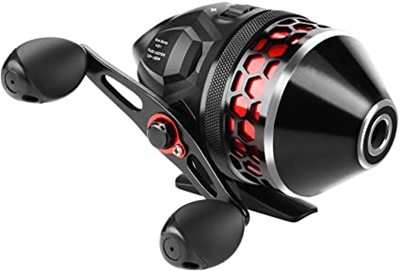
Push button fishing reels are great for the beginner due to their ease of use. Just push and cast! (photo credit: KastKing)
The Pros of Push Button Reels
- Super easy to use: These are called push button reels as they literally just have a push button and you have to do nothing else. This is why they are so easy to use. You simply hold the button and let go as you cast.
- Great for kids and smaller bass: Because of the ease of use, it is really good for beginners and fishing for smaller bass. Once someone gets into fishing and learns about the other reals, these will probably be left behind.
The Cons of Push Button Reels
- Do not work that well comparatively: The performance of the push button reel compared to the others on this list is at the bottom. They do not cast super well and are super bulky in the hand.
- Does not handle big fish well: Push button reels do not have the best drag system. So, if you hook into a large bass, you may struggle getting it in successfully.
#4 – Fly fishing Reel
The fishing reel that is the most “different” on this list of reels for bass fishing is the fly fishing reel. Fly fishing is a whole different animal that requires an entirely different skill set. So, let’s jump into the pros and cons.
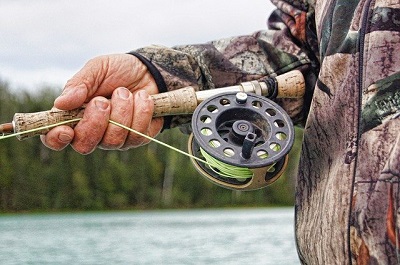
While fly rod reels can be used to fish for and catch bass, their operation requires a steeper learning curve.
The Pros
- Unique way to fish: Because fly fishing is so different, you can see this as an opportunity for a new challenge. This puts you in a unique spot when it comes to targeting bass.
- Gives you different perspectives: Fly fishing can be done in just about any body of water, but flowing streams and picturesque rivers are best. Buying a fly reel can be a good way to get out there.
The Cons
- Requires different knowledge: Because fly fishing requires a totally different technique and knowledge set and a lot of practice, it will be harder to acclimate to bass fishing with your fly reel as fast as you could with some other reels.
- Can be expensive: Fly fishing is an expensive hobby to get into. Especially because the lures are different, you have to go all in, and the reel is a part of it.
- Travel: If you are going to be travelling with your fly fishing gear, you’ll need to get some special gear.
-

N1 Outdoors® HIKE. Foam Trucker Leather Patch Rope Hat
$29.99 Select options This product has multiple variants. The options may be chosen on the product page -
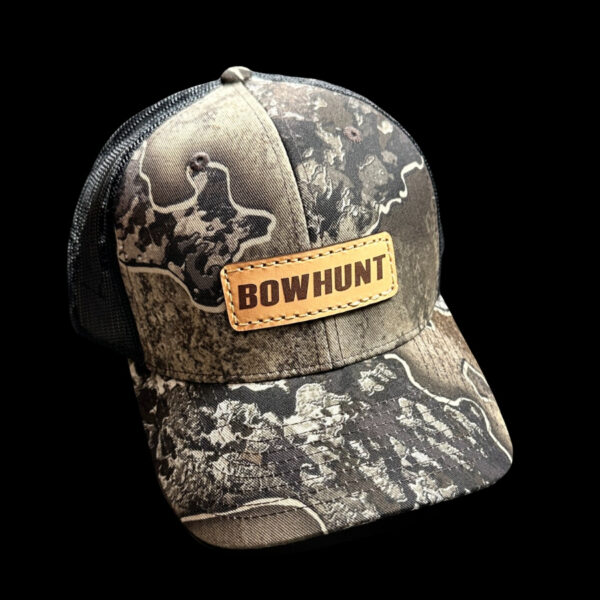
N1 Outdoors® “Bowhunt” Leather Patch Hat (Realtree Timber/Black)
$29.99 Select options This product has multiple variants. The options may be chosen on the product page -
Sale!
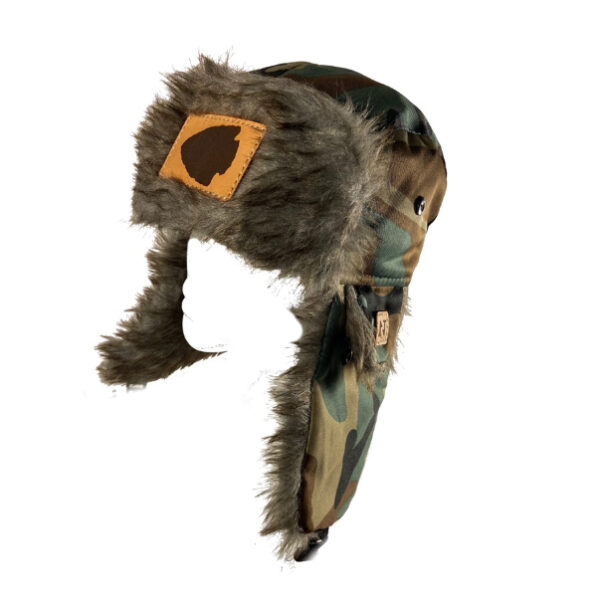
N1 Outdoors® Leather Patch Trapper Hat (Arrowhead – various patterns)
Original price was: $29.99.$9.00Current price is: $9.00. Select options This product has multiple variants. The options may be chosen on the product page
Conclusion
As you can see, there are a number of types of bass fishing reels on the market. So, weigh your options and see what will work best for you and we hope you Put A Hook N1!

